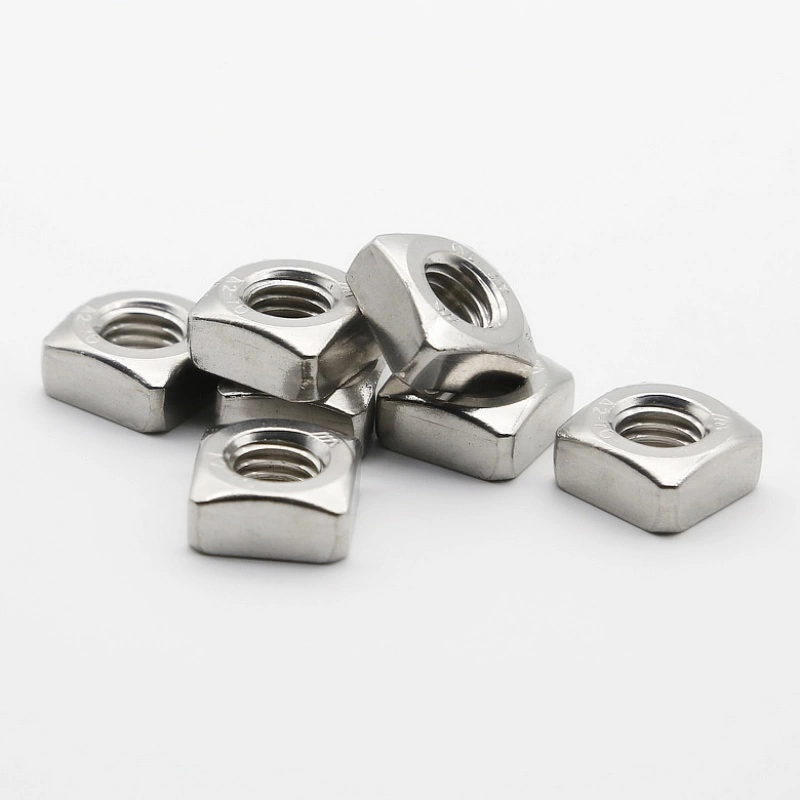

Understanding ASTM A325 Bolts Specifications and Applications in Structural Connections
Août . 18, 2024 10:56 Back to list
Understanding ASTM A325 Bolts Specifications and Applications in Structural Connections
Understanding ASTM A325 Bolts Specifications and Applications
ASTM A325 bolts are a critical component in the construction and manufacturing industries, known for their high strength and reliability. Established by the ASTM International standards, these bolts are primarily used in structural applications, such as steel buildings, bridges, and various assembly projects where robust fastening is essential.
Specifications of ASTM A325 Bolts
ASTM A325 specifies the criteria for high-strength bolts, primarily for structural steel joints. These bolts come in two main types Type 1, which is made from carbon steel, and Type 3, which is made from weathering steel. The bolts are required to have a minimum yield strength of 830 MPa (120 ksi), making them suitable for heavy-duty applications.
The specifications for A325 bolts also address their dimensional and mechanical properties. They are typically manufactured in diameters ranging from 1/2 inch to 1 1/2 inches, with lengths varying according to specific application needs. The standard requires that these bolts be heat-treated to enhance their strength, and they must be resistant to corrosion and other environmental factors when used in diverse atmospheric conditions.
Mechanical Properties
Mechanical properties of ASTM A325 bolts are equally important to their specifications. The standard outlines requirements for tensile strength, yield strength, and elongation. For instance, A325 bolts must exhibit a minimum tensile strength of 1040 MPa (150 ksi) and a yield strength of at least 830 MPa (120 ksi). These properties ensure that A325 bolts can support significant loads without bending or breaking.
astm a325 bolts

Furthermore, A325 bolts are often produced with different coatings, such as hot-dip galvanization, to enhance their corrosion resistance. These protective coatings are essential in prolonging the service life of bolts, especially in environments prone to moisture and chemical exposure.
Applications of ASTM A325 Bolts
Given their strength and durability, ASTM A325 bolts are widely utilized in various applications. One of their primary uses is in steel frame construction for buildings and bridges. These structures rely on high-strength bolting systems to ensure stability and safety. A325 bolts can be used in tension and shear applications, making them versatile for different structural needs.
In addition to construction, A325 bolts are also employed in the manufacturing of machinery and equipment where high strength is required. Their ability to withstand heavy loads and maintain integrity under severe conditions makes them a preferred choice for engineers and manufacturers.
Conclusion
ASTM A325 bolts play a vital role in ensuring the safety and reliability of structural assemblies. With stringent specifications and desirable mechanical properties, they are engineered to provide exceptional performance in demanding applications. Whether in construction, manufacturing, or any field requiring robust fastening solutions, A325 bolts remain an essential component that engineers trust for high-strength applications. Proper understanding and implementation of these standards not only contribute to structural integrity but also enhance the longevity of the projects they serve. As industries continue to evolve, the importance of such standards underscores the need for reliable materials in creating safe and durable structures.
Latest news
-
Best Self Tapping Screws for Drywall - Fast & Secure Installation
NewsJul.31,2025
-
High-Strength Hot Dip Galvanized Bolts-Hebei Longze|Corrosion Resistance&Customization
NewsJul.31,2025
-
Hot Dip Galvanized Bolts-Hebei Longze Metal Products|Corrosion Resistance&High Strength
NewsJul.31,2025
-
Hot Dip Galvanized Bolts-About LongZe|High Strength, Corrosion Resistance
NewsJul.30,2025
-
High-Strength Hot Dip Galvanized Bolts - Hebei Longze | Corrosion Resistance, Customization
NewsJul.30,2025
-
Hot Dip Galvanized Bolts-Hebei Longze|Corrosion Resistance&High Strength
NewsJul.30,2025

